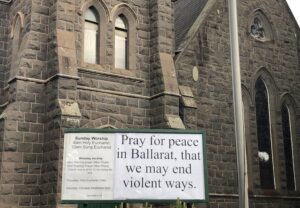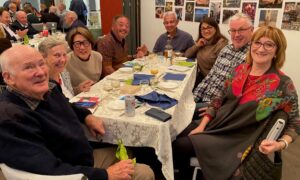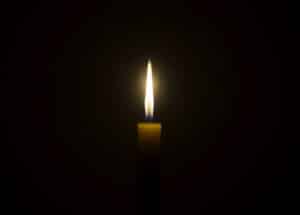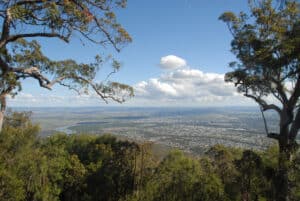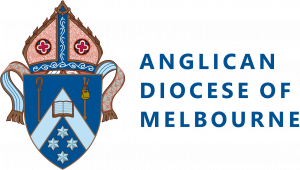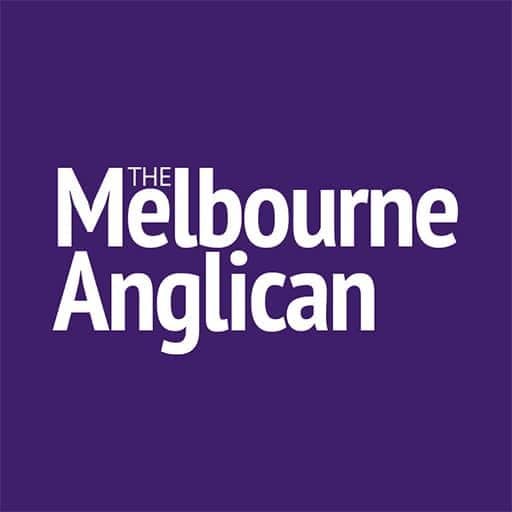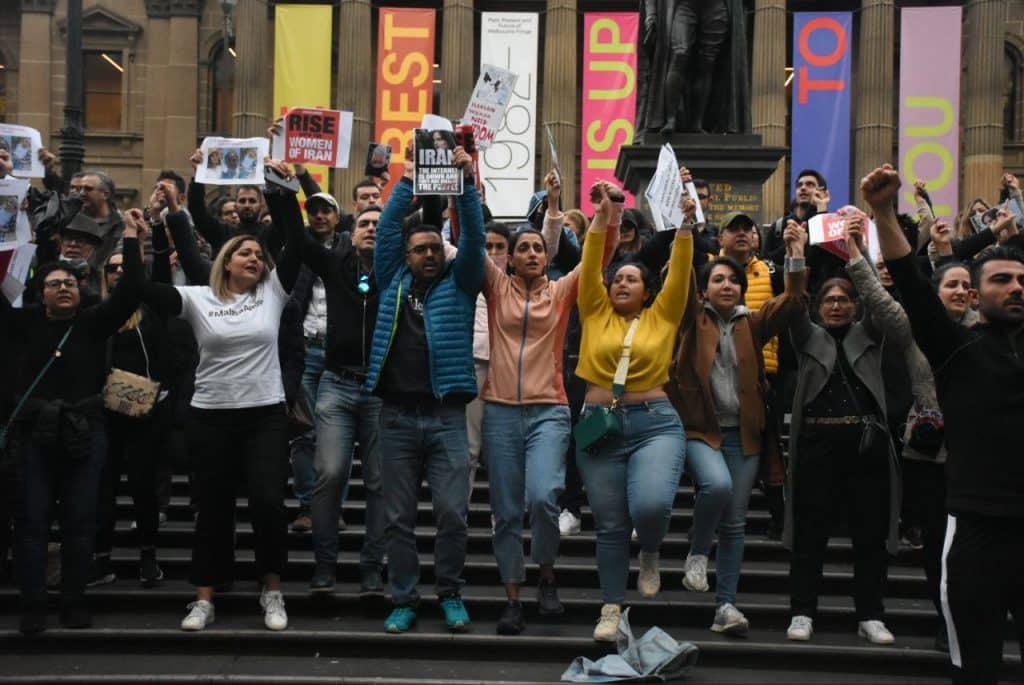
By Maya Pilbrow
17 November 2022
Community solidarity and support from public figures has driven the longevity of the worldwide protest movement over human rights that erupted after a young woman’s death under suspicious circumstances in Tehran, according to young Iranian Australian activists.
A member of the Anglican Emmanuel Iranian Church in Dandenong said non-Iranians were growing more aware of the ongoing crisis in Iran than ever before.
The 16 September death of Mahsa Amini, a young Kurdish Iranian woman, while in the custody of Iran’s morality police after being arrested for noncompliance with the country’s compulsory veiling laws, has spurred protestors in Iran and around the world to take to the streets in defiance of the Islamic Republic’s theocratic government.
According to Amnesty International, the protests, now in their third month, have shown little sign of slowing down, despite brutal crackdowns from Iranian authorities.
While the movement has centred on Iran, support in the form of rallies and protests as well as waves of hashtags on social media have occurred the world over.
The sizeable Melbourne Iranian community has organised rallies for the past several weeks, with hundreds congregating in the CBD and chanting “women, life, freedom”, a phrase which has become the universal slogan for the movement.
Read more: We must urgently call on government for humane, compassionate treatment of refugees
Emmanuel Iranian parishioner Hasti Shirkhodaie said the rallies were attended by people from many different communities within the Iranian diaspora and from outside it.
Ms Shirkhodaie said the scale of the protests was unprecedented throughout the 43-year history of the Islamic Republic.
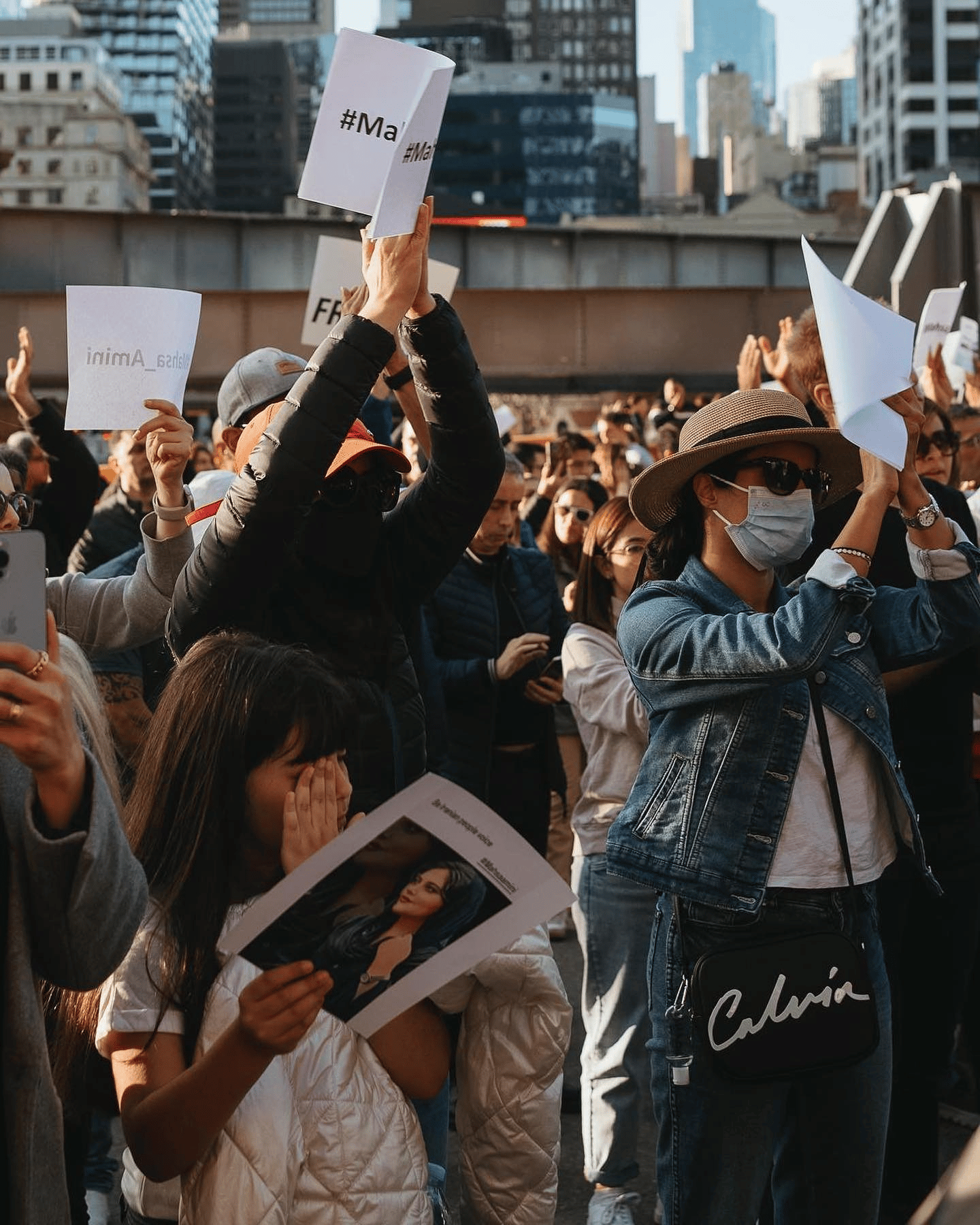
Protestors of all ages at a rally. Picture: supplied 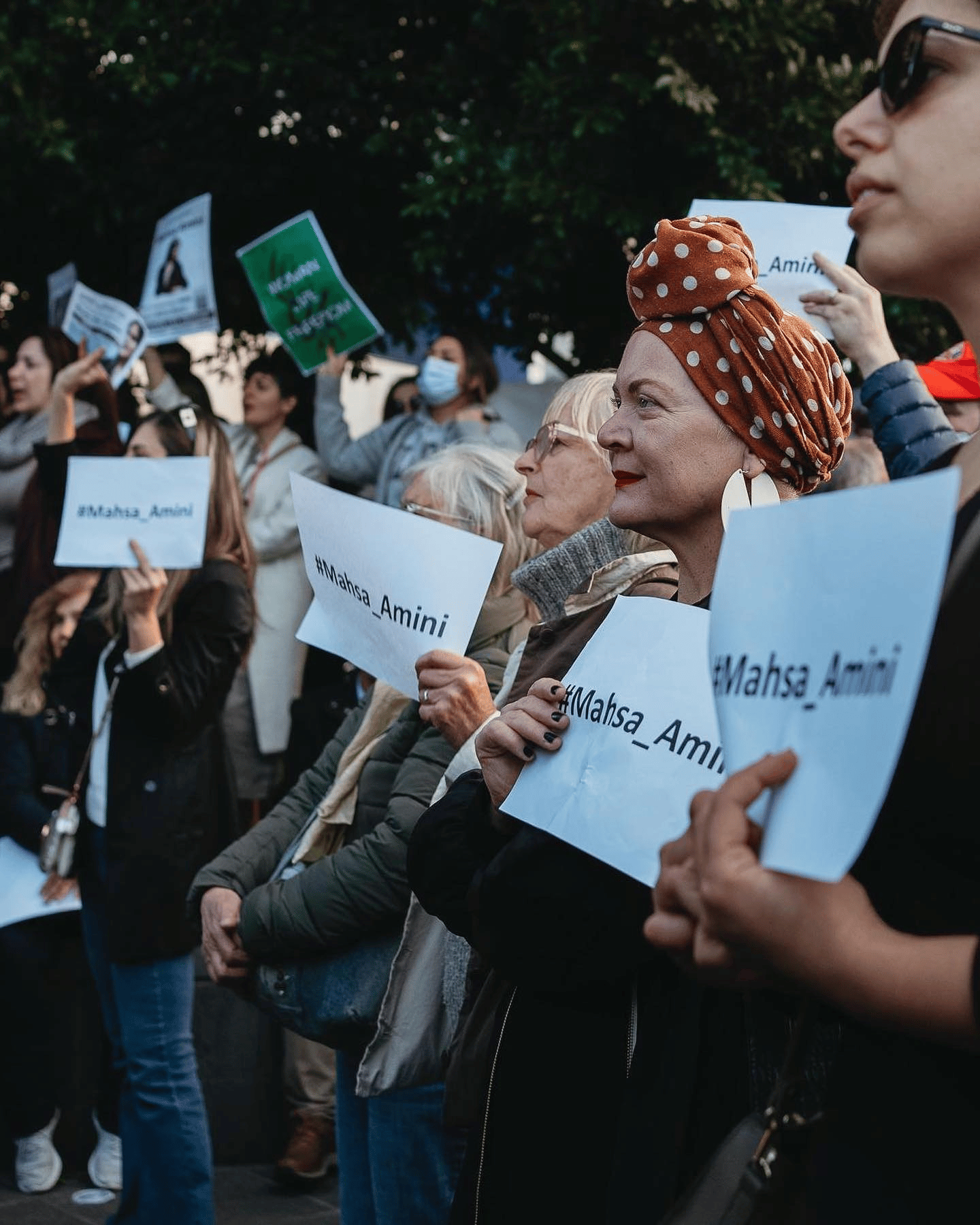
Women hold placards with Mahsa Amini’s name. Picture: supplied 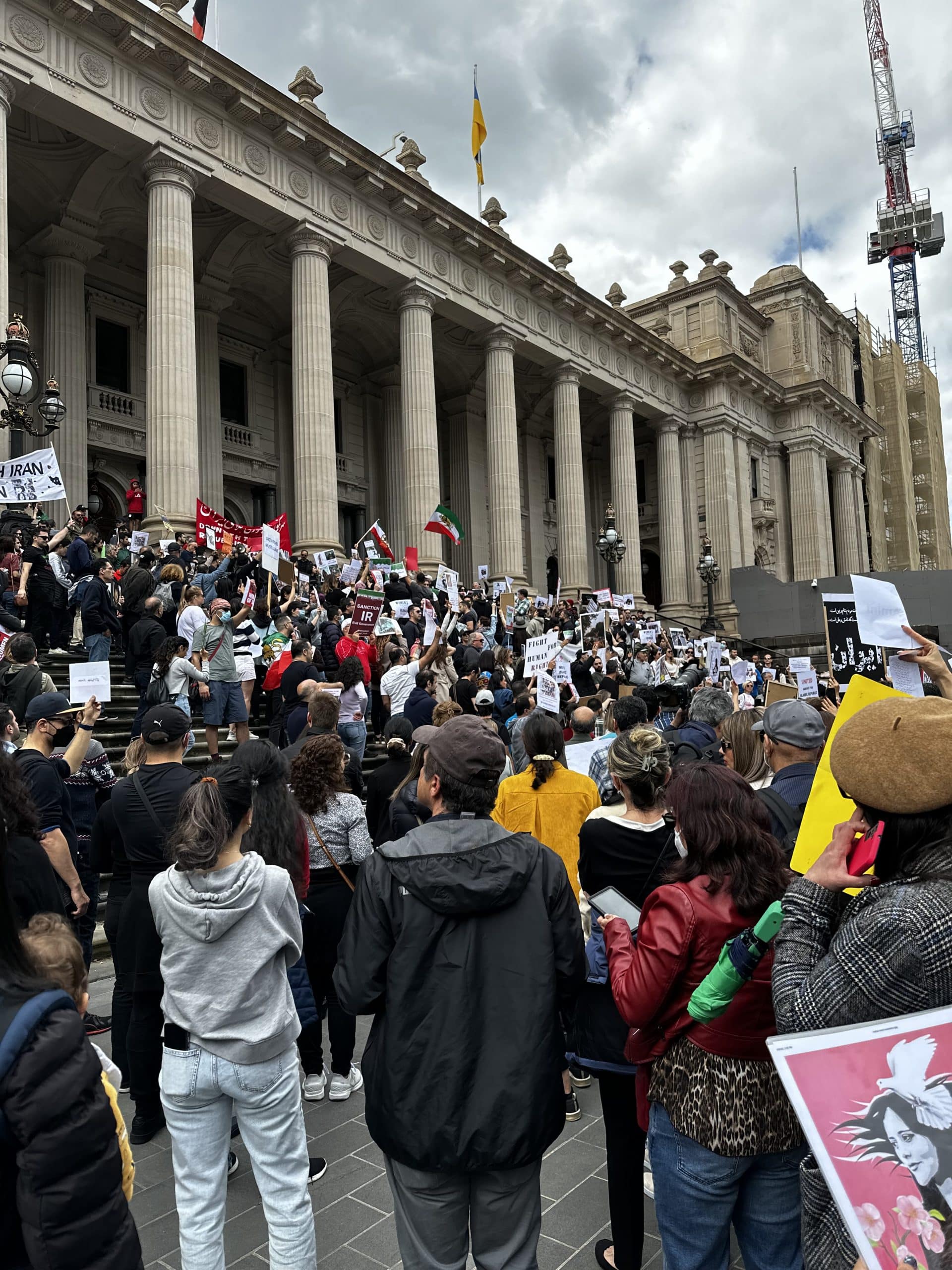
Protestors at Parliament House, Melbourne. Picture: Hasti Shirkhodaie 
Protestors hold placards with Mahsa Amini’s name. Picture: Masi Photography 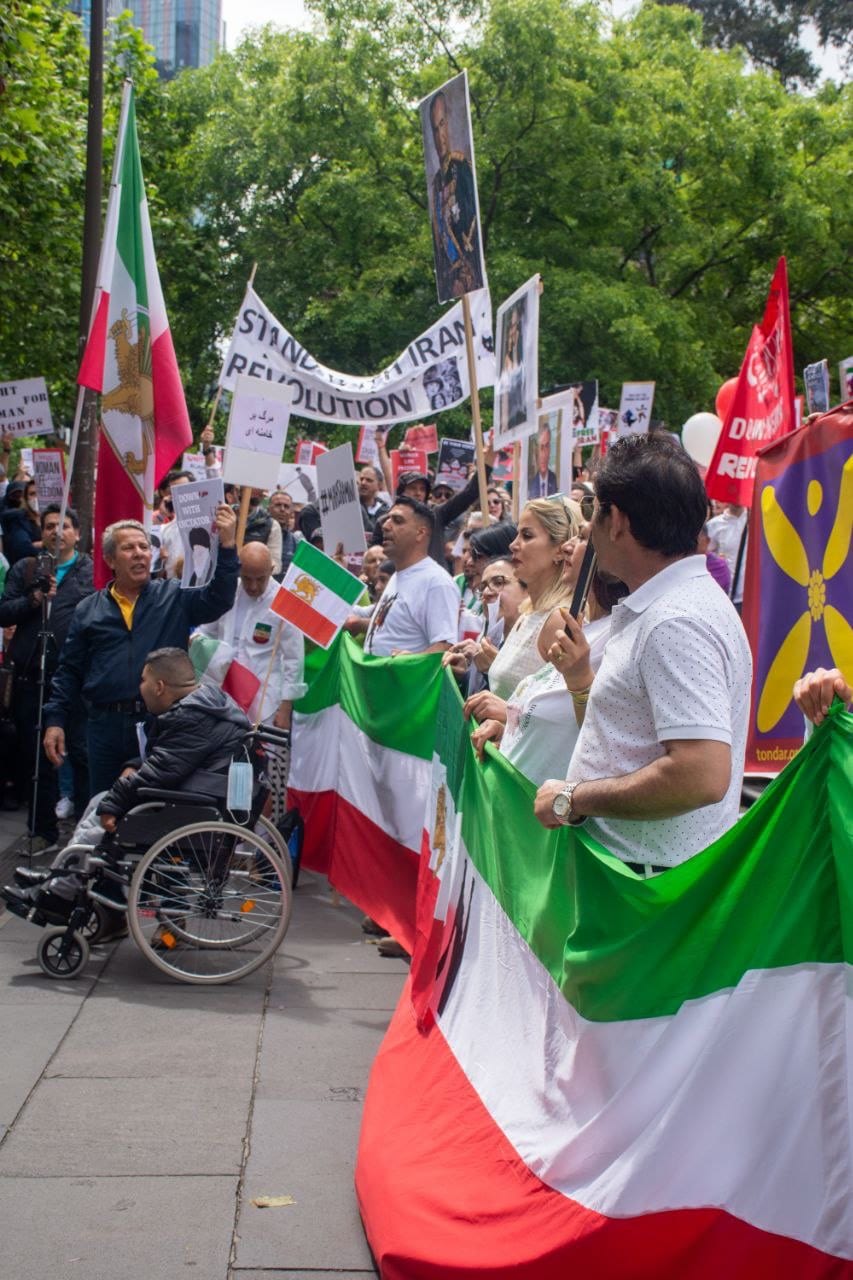
Protestors hold banners and Iranian flags. Picture: Masi Photography
Labor MP for McEwen Rob Mitchell and Greens MP for Brunswick Tim Read both attended a rally in October.
Dr Read said he’d been aware of the crisis in Iran for some time and was happy to volunteer when approached by rally organisers.
He said crackdowns on dissent affected everyone and that it was important for outsiders like himself to come forward in support of protestors.
Dr Read said the fact the movement had strong representation from women was significant.
While acknowledging the protests have been led primarily by young women, the anonymous parishioner said ethnic and religious minority communities had united in a way that strengthened the movement.
Ms Shirkhodaie agreed, saying the protests originated as both a women’s movement and a Kurdish movement before becoming a full-fledged revolution.
She said this had brought together many different Iranian communities across ethnic and gender lines.
“We all could have been Mahsa,” Ms Shirkhodaie said.
For more faith news, follow The Melbourne Anglican on Facebook, Twitter, or subscribe to our weekly emails.

